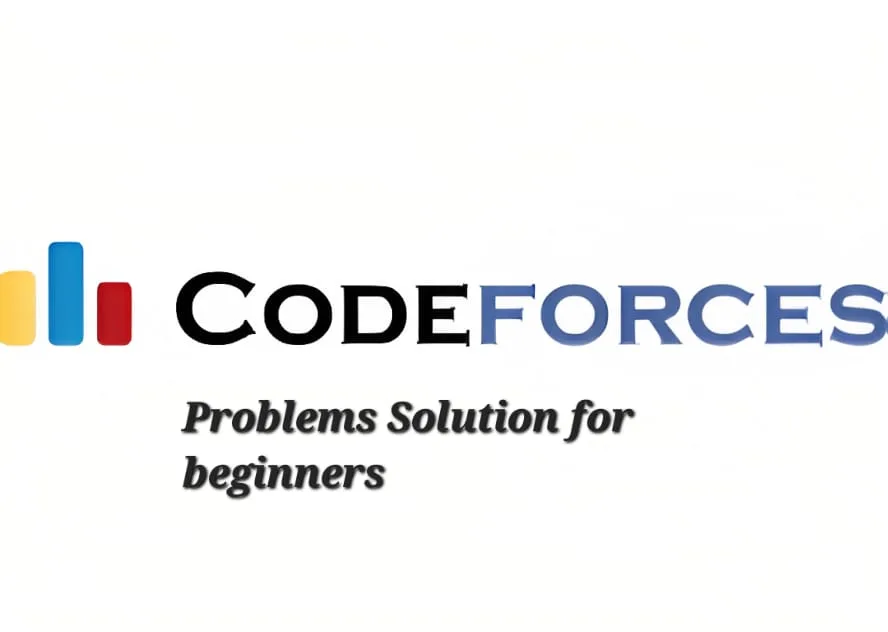C++ class Declaration
Class Name and Members Definition
In C++, the class keyword is used before the class name to declare a class. Curly braces are used to surround the class’s body. Here is a simple illustration of a class that represents a “Car”:
class Car {
// Class members go here
};
Access Descriptors
Access specifiers are available in C++ to limit the visibility of class members. Private, protected, and public are the three primary access specifiers.
Public members serve as the class’s interface and can be accessed from outside the class.
private members can only be accessed from within the class; they cannot be accessed from the outside. They stand for the specifics of the internal implementation.
Similar to private but open to derived classes is protected.
Member Functions
class Circle {
public:
// Constructor
Circle(double radius) {
this->radius = radius;
}
// Member function to calculate area
double calculateArea() {
return 3.14159 * radius * radius;
}
private:
double radius;
};
How to sum two numbers in Object-Oriented Programming
1. What is the purpose of a C++ class declaration?
A C++ class declaration integrates data and behaviors into a single entity and acts as a blueprint for building objects.
2. How do constructors and destructors differ in a class?
When an object is created, a special function known as a constructor is executed. This function is used to initialize data members. When an object is destroyed, destructors are invoked, releasing whatever resources the object was holding.
3. Can you explain the concept of inheritance in C++ classes?
By allowing a class to take on characteristics and behaviors from another class, inheritance encourages code reuse and establishes hierarchical relationships.




